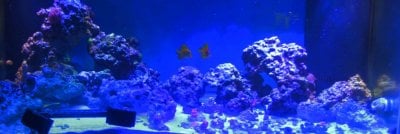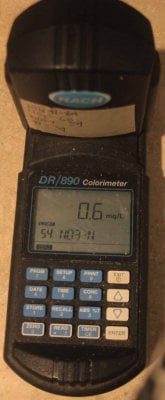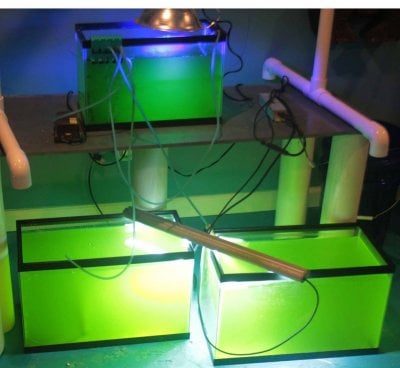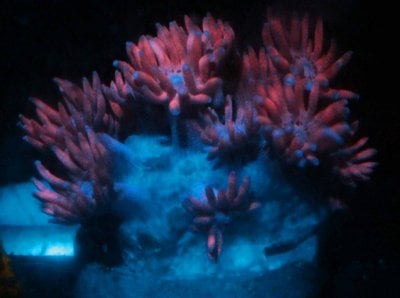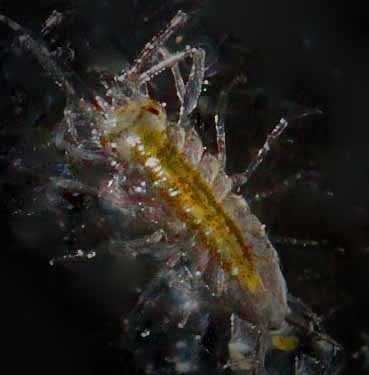I agree, though something as simple as the suggestion of "feed your fish more" can have a pretty dramatically positive effect on a N or P starved system.
I wish that I could edit that to say "dose N and P." I misspoke/typed a bit. I have nearly no issue with feeding more. I don't care for a statement of "dose N and P and feed your corals" with the combination of thinking that 1). building blocks are actual food, 2). that more of a surplus is going to do anything, and 3). doing it by adding N and P on the backend.
Even with feeding more, lighting is still, to me, the largest factor for why corals are pale and don't look great assuming competent level of water parameters... but this is another discussion for another day. Raising N and P when people already have a surplus won't help much except to maybe darken up some colors and make them more monotone. You can get some different colors with more nitrogen and phosphorous, but they usually are not as bright and the contrast is not as good. To each their own on a preference.
Corals are fed by light, through the zoox. Also, if they can catch something. This is the SPS forum and I am Ok with saying as a general rule that nearly nobody is going to be able to feed their SPS with much success... the few exceptions are probably not worth talking about since those coral will thrive without it. This is not the same as other "coral" which can get some benefit. I am sometimes amazed that people focus so much thinking that N and P are food and ignore light as the main energy source for their SPS. More light does indeed add more energy (to a point).







